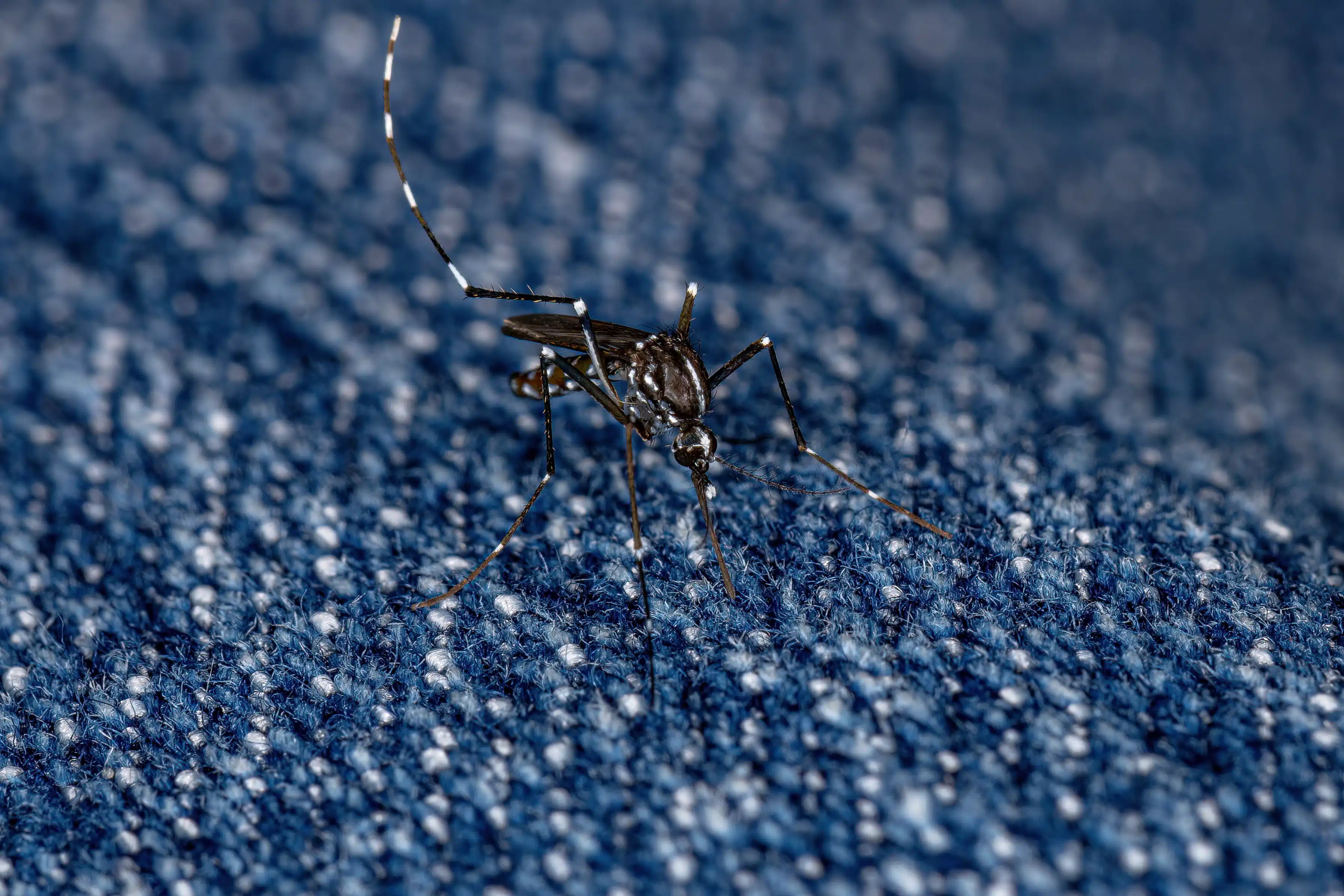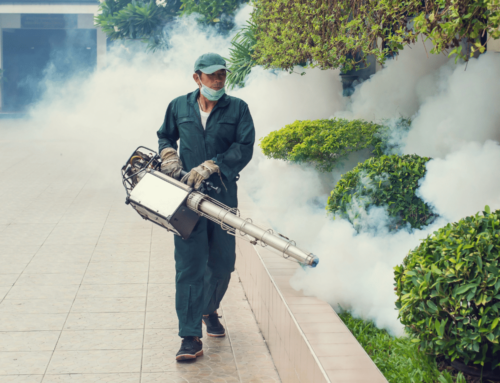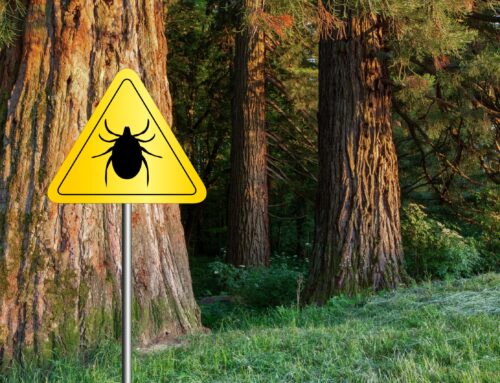With winter weather upon us, you might have decided to store your insect repellent in the back of the closet until next spring. Well, you might want to dig it back out, especially if you’re still doing a lot of pandemic-friendly outdoor activities like hiking or camping.
Some species of ticks can be active during winter. And if you live in a warm enough area (or are traveling to one), that goes for mosquitoes, too.
Here’s what you need to know about protecting yourself from mosquito- and tick-borne illness when the weather gets cold.
The Ticks That Are Active in Winter
In general, the species of ticks that transmit diseases to humans in the U.S. tend to become inactive during the winter. The combination of cold weather and shorter days triggers a kind of hibernation, known as diapause.
What About Mosquitoes in Winter?
In the fall of 2019, you may have heard reports of a surprisingly high number of human cases of eastern equine encephalitis (EEE) virus, a mosquito-borne disease that can be fatal in as many as 30 percent of people who contract it. Although the disease is extremely rare overall, with an average of just seven cases reported across the whole country per year, in 2019 the Centers for Disease Control and Prevention confirmed 36 cases of the illness.
By wintertime, however, the risk from EEE—already very low—is over in most areas. The possibility of another case can’t be 100 percent ruled out in the event of an unseasonable warmup, but the chances are extremely low.
Generally, in cold weather—below 50° F, mosquitoes aren’t active.
Still, even in areas with year-round mosquito activity, the numbers of buzzing bugs will probably be lower than during the warmer seasons. The risk of being bitten is low, and the risk of contracting a disease is even lower.
Protect Yourself From Insects in Winter
Even though black legged ticks bite during winter, the risk of contracting an illness is lower than it is during the peak seasons for these pests, in the spring and summer. Still, it’s important to take precautions against the ticks that are out looking for a winter meal.
If you’re hiking, hunting, or even doing yard work in an area where black legged ticks live, you should take precautions against ticks on any above-freezing days.
The nice thing about winter is you tend to wear more clothing anyway, which can help keep ticks away from your skin. You can also spray your boots and clothes with an insect repellent, or treat your clothing with the pesticide permethrin, which can disable or kill ticks on contact. And check yourself for ticks at the end of every day that you’ve been out in their habitat.
Don’t forget to keep your pets protected as well, with a vet-recommended anti-tick medication.
If you’re in an area where mosquitoes are still active during winter, it’s a good idea to use repellent when you might be exposed to them—even though the risk is low.






